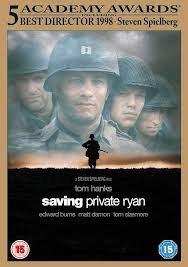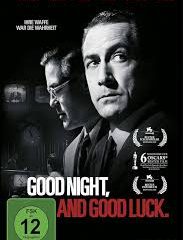Saving Private Ryan: A Pivotal War Film in Cinema History

Introduction
Released in 1998, Saving Private Ryan is regarded as one of the most powerful and influential war films in cinema history. Directed by Steven Spielberg, the film is known for its gritty realism, particularly in its depiction of World War II’s D-Day invasion. Its significance extends beyond entertainment, as it thrusts the harrowing realities of war into the public consciousness, shaping perceptions and discussions about military conflict for decades.
Plot Overview
The film follows Captain John Miller, played by Tom Hanks, who is tasked with leading a squad to locate and bring home Private James Ryan, portrayed by Matt Damon. Ryan’s three brothers have been killed in action, and military officials want to spare their mother further grief by ensuring her only surviving son is returned. The narrative takes viewers through intense battle sequences and profound moral dilemmas, highlighting the human cost of war.
Impact and Reception
Saving Private Ryan received critical acclaim upon its release and won five Academy Awards, including Best Director for Spielberg. Its opening scene, depicting the Omaha Beach assault, is often cited as one of the most realistic portrayals of combat ever filmed. The film’s authenticity in detail, from the sound design to cinematography, has been praised by veterans and historians alike. In 2023, the film prevailed in various retrospective analyses in film studies courses, illustrating its lasting legacy and continued relevance in cinematic discussions.
Historical Context
Set against the backdrop of World War II, Saving Private Ryan serves as a reminder of the sacrifices made by soldiers. The film’s release coincided with a growing interest in World War II narratives, fueled by anniversaries of major battles and the rise of veteran advocacy groups. Critics note that its unflinching portrayal of the emotional and physical toll of war serves as a counter-narrative to previous, more sanitized depictions found in earlier war films.
Conclusion
In reference to its impact, Saving Private Ryan not only stands out as a masterclass in filmmaking but also as an important cultural touchstone that prompts reflection on the nature of sacrifice and courage in times of war. As audiences continue to grapple with the ethical complexities of military conflicts today, the film’s themes remain ever relevant. Its role in shaping the war film genre cannot be understated, as it combines artistry with a sobering historical narrative that resonates with viewers worldwide.









